I am learning the angularjs and am pretty new to it. I am trying to create 5 mat-datepicker components on the GUI using ngFor in the following manner (after a lot of online search)
<div fxLayout="row" fxFlex=20 fxLayoutAlign="center center" fxLayoutGap="35px">
<mat-form-field fxFlex=20 appearance="outline" *ngFor="let pay of loanDetails.paymentOptions; index as i;">
<mat-label>Start Date</mat-label>
<input matInput [matDatepicker]="i" placeholder="Start date" [(ngModel)]="pay.paymentDate" (dateChange)="getLoanOutputData()">
<mat-datepicker-toggle matSuffix [for]="i"></mat-datepicker-toggle>
<mat-datepicker #i></mat-datepicker>
</mat-form-field>
</div>
However, this does not seem to be working (meaning, the calendar was not opening when I am clicking on the calendar icon) and there a few exceptions being thrown.
Error on the loading of the page:

And when clicking on the calendar icon, I am getting the below error:

This is the structure of my loanDetails in the ts file
loanDetails = {
principal: 100000,
interestRate: 9.5,
tenure: 5,
startDate: new Date(),
paymentOptions: [this.oneTimePay, this.yearlyPay, this.halfYearlyPay, this.quarterlyPay, this.monthlyPay]
};
oneTimePay = {
paymentType: "OneTime Payment",
paymentDate: new Date(),
paymentAmt: 0
}
All the other "pays" like monthlyPay etc. follow the same pattern as of the oneTimePay
Please help me in understanding where it is going wrong.